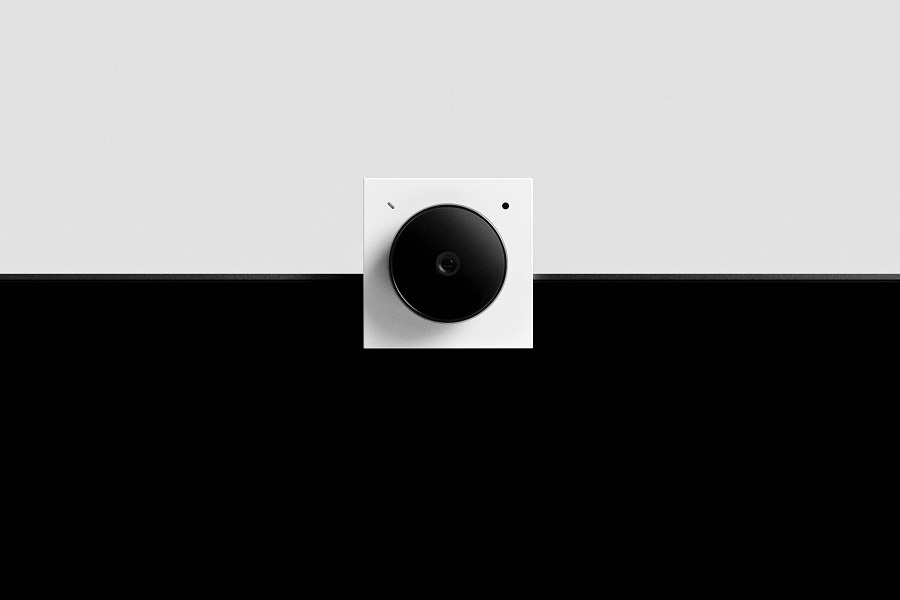 AI
AI
 AI
AI
 AI
AI
OpenAI is expected to lead a $60 million funding round for Opal Camera Inc., a consumer electronics startup that develops high-end webcams.
The Information reported the ChatGPT developer’s investment plans today. OpenAI is expected to be joined by several of Opal’s existing backers in the new round, which is described as a Series B raise. Founders Fund and Kindred Ventures are among the returning investors that could reportedly take part.
Opal’s flagship product is a $149 webcam called Tadpole (pictured) that’s designed to clip onto laptop monitors. It takes the form of a 1.25-inch square that weighs about as much as an AA battery. Tadpole can record videos with a resolution of up to 3840 pixels by 2160 pixels, sharpness that Opal says is usually available only with pricier webcams.
Customers can customize their Tadpole devices using a companion app called Composer. It provides the ability to adjust lighting levels and several other settings in cases when the default configuration is not optimal.
According to The Information’s sources, Opal will continue making webcams after closing its OpenAI-led Series B round. But the company is expected to shift some resources to developing AI-powered devices. The report detailed that those devices are intended to be used as “creative tools” by consumers.
OpenAI has already invested in more than a dozen startups through a venture capital fund it launched three years ago. Several of those startups use its large language models to power their products. One portfolio company, Figure AI Inc., on Tuesday debuted a humanoid robot that leverages a customized OpenAI LLM to process natural language instructions from users.
It’s possible the AI-powered devices that Opal reportedly plans to make will also incorporate OpenAI technology. Given that the upcoming gadgets are expected to focus on creative use cases, they might feature integrations with the ChatGPT developer’s image and video generation models.
Opal is no stranger to making AI-equipped consumer devices. Two years before launching Tadpole, it introduced a webcam called the C1 that costs twice as much and uses machine learning to optimize the quality of the videos it captures. The onboard AI also enables users to apply effects such as background blurring.
Under the hood, the C1 is powered by a Movidius Myriad X Vision chip from Intel Corp. The processor features a module called the Neural Compute Engine that is specially optimized to run AI models. It’s complemented by 16 customizable cores that are configured to run computer vision models by default, but can be adapted by device makers to run other types of neural networks.
OpenAI’s interest in AI hardware also extends beyond the consumer electronics market. Last month, The Information reported that the company is holding talks with Broadcom Inc. about developing a custom AI chip. As part of the effort, OpenAI has hired several of the engineers who worked on Google LLC’s TPU line of internally designed machine learning accelerators.
Support our mission to keep content open and free by engaging with theCUBE community. Join theCUBE’s Alumni Trust Network, where technology leaders connect, share intelligence and create opportunities.
Founded by tech visionaries John Furrier and Dave Vellante, SiliconANGLE Media has built a dynamic ecosystem of industry-leading digital media brands that reach 15+ million elite tech professionals. Our new proprietary theCUBE AI Video Cloud is breaking ground in audience interaction, leveraging theCUBEai.com neural network to help technology companies make data-driven decisions and stay at the forefront of industry conversations.